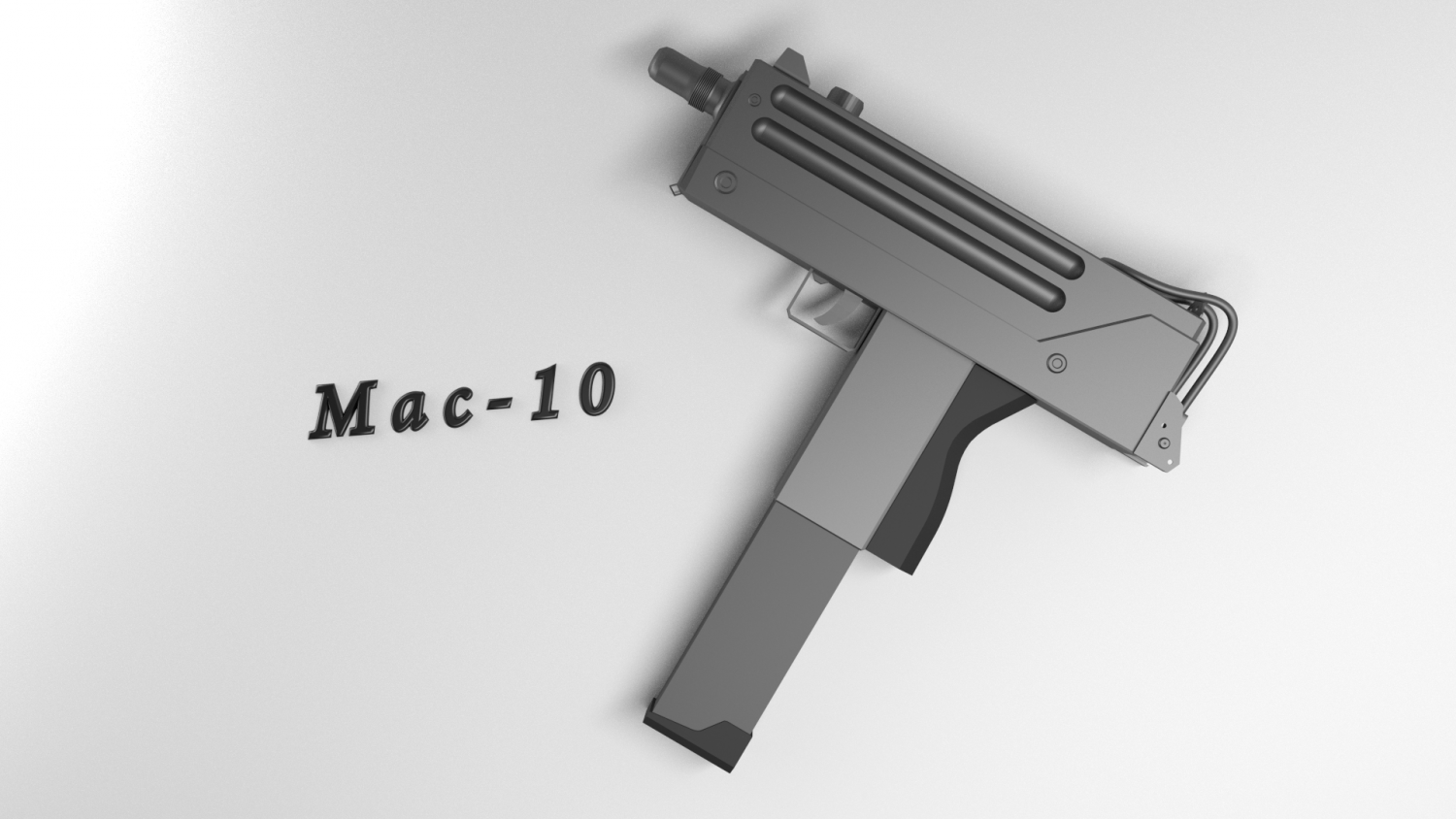

I tried to run npm install but called it quits after almost 5 minutes and switched to a newer version of Node that was compiled for ARM. Performance when running under Rosetta was significantly worse than both running natively on the M1 and natively on my Intel laptop.

The only performance issue I encountered with Rosetta was using an older version of Node.js that was not compiled to run natively. I can’t say the exact framerate, because the game doesn’t have a counter built in and I’m too lazy to find a standalone macOS one, but it’s definitely well above 60FPS and runs very smoothly, without any noticable input latency or hitching.

It works flawlessly running at 1440p 144Hz. The version in the App Store is Intel-only, and it’s built with Unity 2018.4.7f1, which was released in August of 2019. The only other significant app I tested under Rosetta is the game Sayonara Wild Hearts. Node, which I installed through Homebrew, supports ARM natively, and, as with 1Password, IPC accross the architecture boundary works perfectly. The part of the plugin that runs inside Vim runs, of course, through Rosetta. coc.nvim is a Vim plugin which hosts Node.js extensions that provide autocompletion and LSP support. I’m also currently running MacVim under Rosetta (in which I’m writing this post) and it’s working without issue.

Inkscape, in my brief testing, also works as well as it does on Intel, which is to say, it functions but is not particularly pleasant (fortunately Inkscape some time ago released a native macOS version that no longer depends on XQuartz, removing a potential barrier). IINA, a video player built on top of mpv, works perfectly. Other Intel-only apps I’ve tried have also worked similarly well. Even IPC between 1Password under Rosetta and the natively-running Firefox extension works flawlessly. Once it launched, everything worked exactly as I expect. Aside from a slight delay when launching the app for the first time (due to Rosetta pre-translating the Intel binary into ARM). Using Rosetta for 1Password worked perfectly. Additional copies of system libraries are needed because within a single process only one architecture can be used: either everything must be Intel or everything must be Apple Silicon. Presumably it’s shipped separately and not bundled with the base OS because of the bandwidth requirements of shipping an x86_64 version of every system library that not everyone may need. app from another computer, I double clicked it to launch it, just like any other app, after which the OS presented a dialog asking if I wanted to install Rosetta. Fortunately, Rosetta comes to the rescue. Of course, this means that it hasn’t been recompiled to be a Universal app it only runs on Intel. For reasons that don’t bear getting into, I use an old version of 1Password 6, not the most recent.
#Inkscape for mac m1 password
With long, random passwords, this is rather tedious, so before proceeding I wanted to install my password manager. With Firefox reinstalled, I started signing back into a bunch of my accounts. You might think this would be a given, but when I tried Firefox on the macOS 11 at the beginning of the beta cycle (on my Intel machine, even), video playback was almost completely non-functional. Just playing around, visiting a few websites, I was happy to see everything appeared to be working. When the M1 Macs first became available there weren’t yet native versions of big applications like Firefox and Chrome available, but fortunately by the time I got mine, a beta version of Firefox that was recompiled for ARM was available. The first thing I did after setting up my account was to install Firefox. So far, I’ve moved just about all of my non-work desktop computing over to it, and it’s been absolutely fantastic. The 16GB of RAM, however, is necessary to do any iOS development (Xcode and all the various associated services can by themselves easily consume almost 8 gigs). If I really desperately need extra space down the line, I can buy a cheap external SSD (that will continue to be useful after this computer is gone). The reasoning for the bare minimum storage is that Apple charges an arm and a leg for extra space, and I intend this to primarily be a stopgap machine until there are higher-power Apple Silicon equipped laptops. The configuration I got has 16GB of RAM and 256GB of storage (the base amount). I’ve had an M1 Mac mini for about a month now, so I thought I’d write up my experiences with it.


 0 kommentar(er)
0 kommentar(er)
